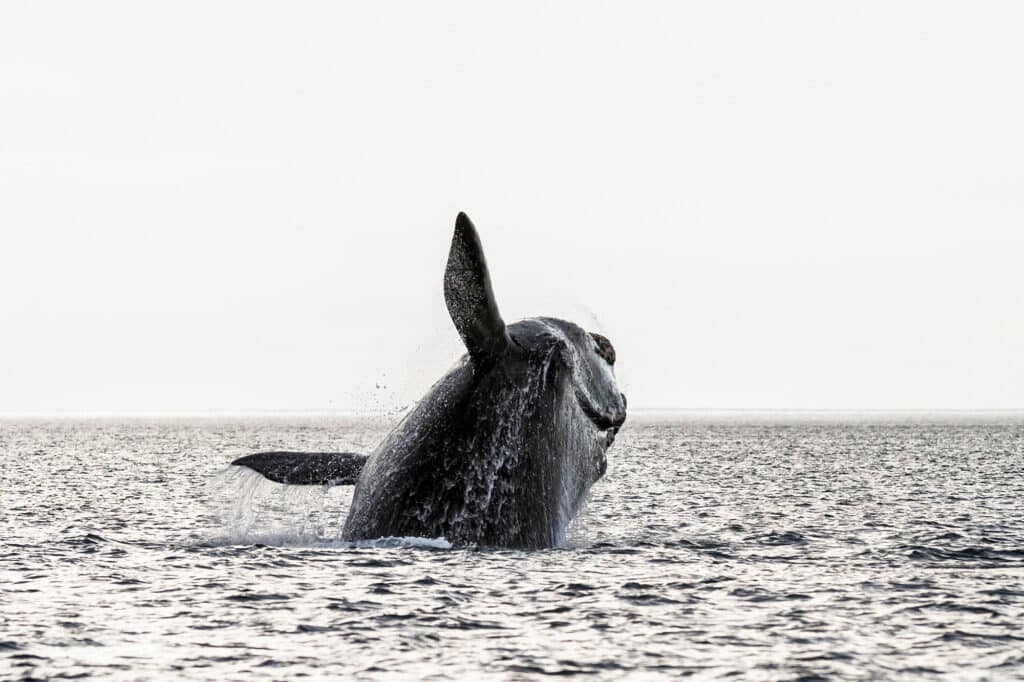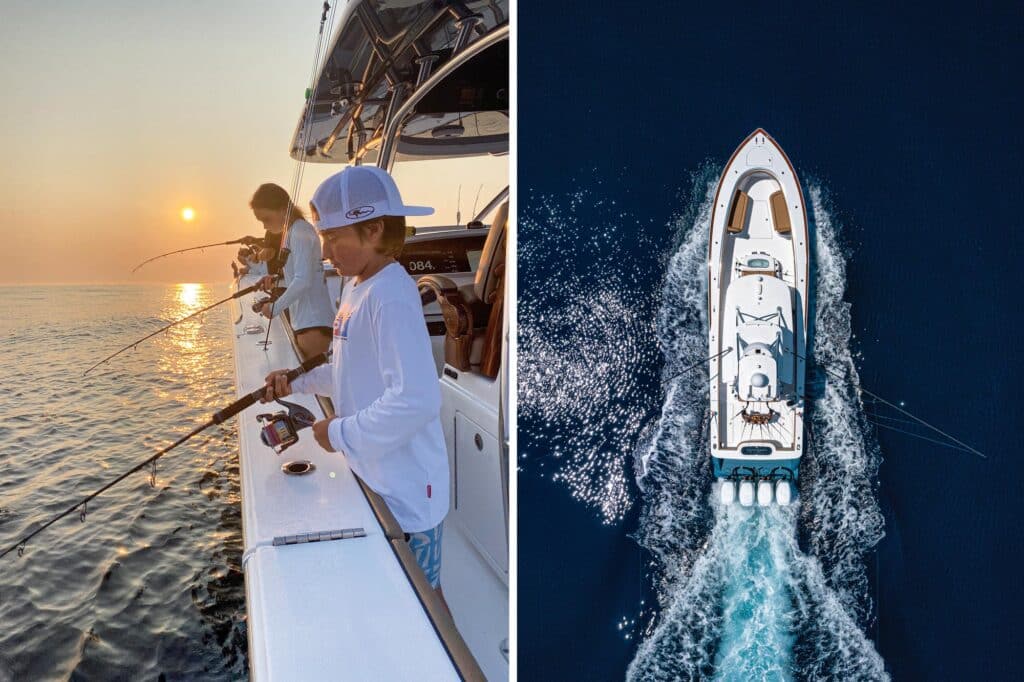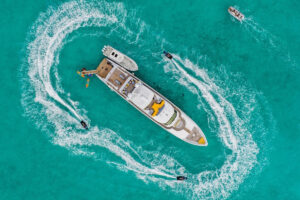
Pat Healey, the president and CEO of Viking Yachts, minces no words about the situation facing owners of boats 35 feet and longer: “If this would go into effect, it shuts down boating on the whole East Coast from November 1 to anywhere from the middle of April to the end of May.”
He’s talking about a proposal from the National Oceanic and Atmospheric Administration that would impose a 10-knot speed limit along much of the coast for much of the year, as a way to protect endangered North Atlantic right whales. The highly controversial proposal has drawn the ire of recreational boating and fishing groups, which say the idea poses an existential threat to all recreational boaters.
Since the rule-making process began last summer, Healey and others have been trying to sound the alarm, as well as come up with a solution. Now, he says, they think they have one the government might like: a task force called Whale and Vessel Safety, or WAVES.
“Our objective is to go to NOAA and say, ‘Hey, we’re going to develop a way to track the whales: tagging them,’” Healey says.
The idea is to take the same technology already used to tag and track marlin, tuna and other species, and now apply it to whales—in a way that lets boaters see the whales on their plotters, just like they’d see an oncoming boat with an AIS signal. “You’ll be able to alter your course and avoid them,” Healey says.

The sport-fishing community has been most vocal about concerns with the government’s proposal. Madelyne Rowan, tournament director of the White Marlin Open, says about 40 percent of participating boats in that tournament are chartered. If those boats can’t operate normally the rest of the year, they’ll go out of business—along with all the tackle shops, fuel docks, marinas and other businesses that make up marine communities, ultimately affecting all kinds of boaters.
“A lot of people don’t understand the potential scope of the economic impact that this restriction will have,” she says.
Healey says it’s an uphill battle to get NOAA to listen, but he likes his odds with the task-force concept: “This is a sensible way to get all stakeholders involved, instead of having complete governmental overreach.”
What’s Likely to Happen Next?
The National Oceanic and Atmospheric Administration issued its proposed rule on August 1. A public comment period was then held until October 31. As of this writing, NOAA was still reviewing all the comments it received. After that process is done, the agency can issue its final rule with or without changes, as early as this summer. At that point, federal legislation or lawsuits become options to try and overturn the rule.
No More Day Trips?
Sport-fishing boats like this one often zip out to the canyons and back in the same day. Their speed makes this possible. If they’re forced to slow to 10 knots, boaters say, there won’t be any time left for actual fishing.







